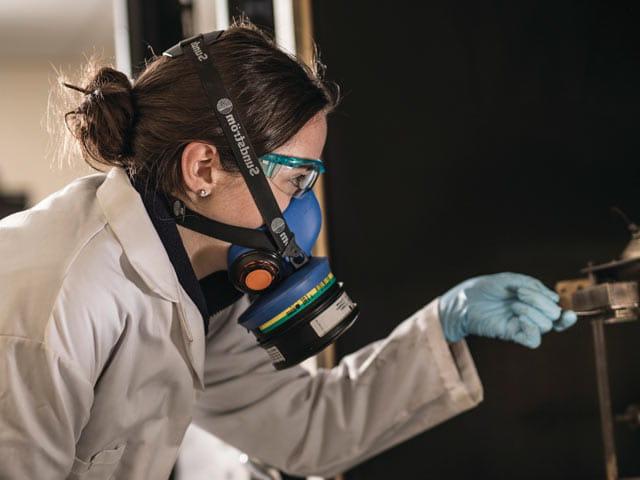Element examines the concentrations and composition of Diesel Engine Exhaust Emissions (DEEE) to help you reduce exposure to harmful DEE fumes and comply with COSHH regulations, environmental protection and management Act.
What is diesel engine exhaust emission (DEEE)?
Diesel Engine Exhaust Emissions contain many hazardous substances including heavy metals, toxic gases, PAHs, NOx, Particulate/Soot, VOCs, and more. Element can accurately measure and assess the personal exposure risks to these harmful compounds and provide expert bespoke advice on control measures.
How are diesel engine emissions measured?
The general principle of measuring airborne substances is via active sampling using battery-powered pumps attached to individuals or in static locations. Known volumes of air are drawn through sample media (filters, sorbent tubes, or impinger solutions) positioned in the individual’s breathing zone or for background measurements fixed in static locations.
We can also perform passive sampling if required and direct reading calibrated handheld analyzers for immediate results. Depending on the analysis required the sample media will undergo subsequent laboratory analysis.
Detailed interpretative reports will be issued following the site visit and include:
- Executive summary of the workplace air monitoring project
- Site observations
- Substance toxicities
- Comparison of results with UK Workplace Exposure Limits or recognized international standards
- Discussions and conclusions
- Recommendations for remedial action and recognized good industrial practice
All reports are in accordance with our ISO 9001 Quality Management System and peer-reviewed by an experienced and qualified team member.
Our diesel engine exhaust emission (DEEE) capabilities
Element provides a full range of emissions advisory, testing and training services for your DEEE testing needs:
- Exposure monitoring
- COSSH and DEEE risk assessments
- Evaluation of the existing control measures
- Advice and guidance
- Indoor air quality assessments
- Workplace air monitoring
- Noise in the workplace
- Welding fume monitoring
- Workplace monitoring and assessments
- Asbestos air testing
- Source emissions testing
We support clients across many industries that require employees to work in locations where they could be exposed to DEEE, such as train depots and railways, automotive garages, bus stations, warehouses, ferries, toll booths, car parks, and fire stations.
In addition to our UK laboratories, sampling and analyses of a range of parameters in accordance with US-EPA (United States – Environmental Protection Agency) methods can be performed from our Singapore based laboratories.
The Element advantage
Element’s UKAS ISO 17025-accredited laboratories can perform independent and specific air tests, targeting DEEE, PAHs, and other potentially harmful products of vehicle combustion.
We have over 20 years of experience in this sector and BOHS Module W501 Measurement of Hazardous Substances and Module W505 Control of Hazardous Substances qualifications.
Our highly qualified Occupational Hygienists will work with you to prepare COSHH risk assessments and develop solutions that will help reduce specific exposure in the workplace.
For more information about our diesel engine exhaust emissions or to request a quote, please contact us today.
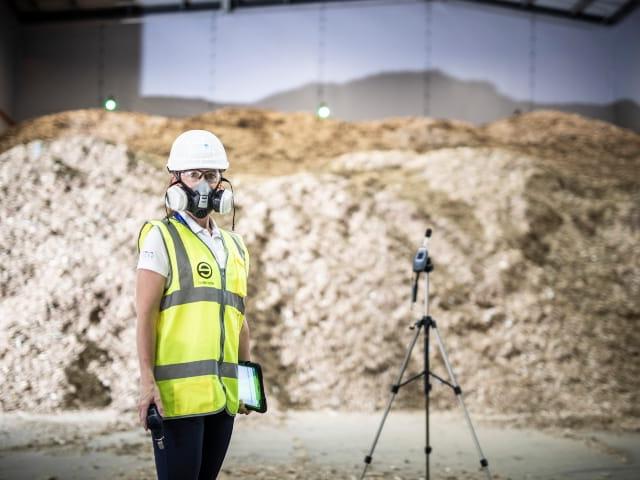
An Introductory Guide to Occupational Hygiene
A healthy bottom-line is directly linked to a healthy workforce. Download our reference guide to understanding each aspect of occupational hygiene in the workplace.
Download Your Copy TodayRelated Services
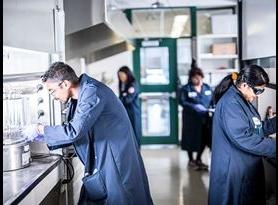
Indoor Air Quality Assessments
Find out how our qualified occupational hygienists can assess indoor air quality looking at chemical, physical, and biological parameters to help our customers comply with regulations.
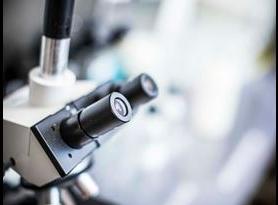
Asbestos Air Testing
Learn about asbestos air testing and ensuring compliance for the requirements of asbestos removal or remediation.
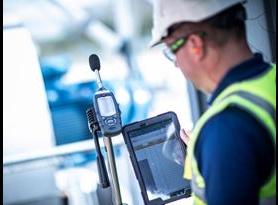
Noise in the Workplace
Element's experts have years of experience in carrying out on-site noise assessments. All assessments undertaken by our experts are qualified through the Institute of Acoustics and BOHS, in accordance with the UK HSE guidance L108 "Controlling Noise at Work."
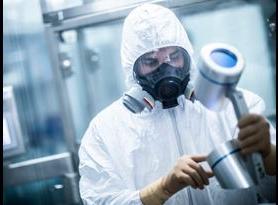
Workplace Air Monitoring
Element’s highly experienced team of qualified occupational hygienists specializes in delivering a range of workplace air monitoring services for use within a diverse range of operating environments.
